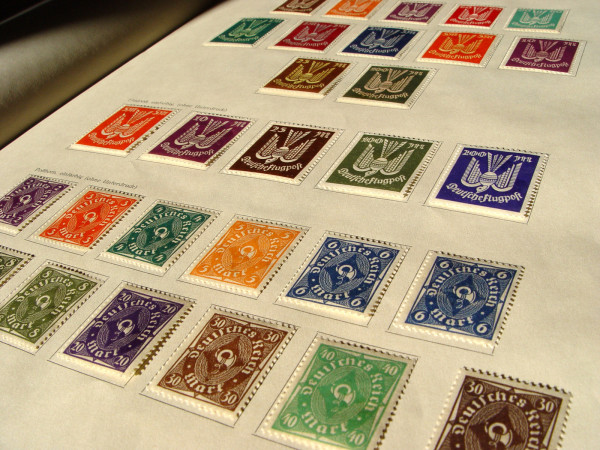- July 20, 2016
- Posted by: Liam Dai
- Category: Uncategorized

How’s Your Collection Insured?
For some, our possessions become our hobbies, like a fine collection of jewelry or sports memorabilia. For others, our possessions are our livelihood. Musicians certainly fall into this category. One concern, however, is universal among us all: what would happen if we lost or damaged our most cherished items?
The thought alone can take our breath away. How can we give ourselves reassurance that all will be well and we can recover our priceless items—or at least the value?
If you’re uninsured, you’re out of luck. If you’re insured, with homeowners or renters insurance and “Renters Insurance with Stats] this is a no-brainer: file a claim. It sounds easy, but you’re not off the hook just yet. Why? The amount you receive from an insurer depends on the type of coverage you have. Do you know how much your policy covers?
Let’s take a look at what types of coverage available for our most valuable items and see how we can make sure we’re adequately covered in the case of theft or a catastrophe.
Itemized vs. Blanket Coverage?
Most homeowners and renters insurance policies have coverage for your possession. However, without specific additional endorsements (known as specific added coverage), your coverage may not amount to much: between $2,500 to $5,000 payout is a common average. This doesn’t account to having to apply your deductible to your loss, and there may be limits to what type of loss occurred.
However, other options exist for just such possessions. For additional premiums, insurance policies can be increased to accommodate your more expensive items (ex. fur coats, a first-edition pressing of a Beatles album) in two ways: on an itemized basis or an blanket coverage basis.
If you’re read our previous article, itemized coverage requires itemizing your possessions, creating a list of items your wish to insure, which is also subject to a qualified appraisal that provides an item’s description and its value. In the event of a qualified loss, you identify the item and the insurer references these documents when settling your claim.
On the other hand, blanket coverage provides you with an overall limit of coverage based on the class of property. This includes a per-item sub-limit of coverage. An example of this would be a $50,000 policy of coverage, with no values or descriptions for specific items. However, the per-item payout for anyone item cannot exceed $15,000. In contrast to itemized coverage, appraisals aren’t necessary and you’re not responsible for paying a deductible.
Blanket coverage does, however, have a few drawbacks. The first is ownership, where an insurer asks for proof of ownership and a verification of the item’s value. While this may be easy for those who keep adequate receipts, this can be extremely difficult for those that inherited family heirlooms (ex. dad’s collection of vintage model airplanes). You might have to go through a business’ sales records or family photos to corroborate your claim.
* * *
While we’ve only scratched the surface of how your particular insurance policy may work, this may have posed a few immediate concerns for the welfare of your possessions. That’s why we recommend speaking with a qualified advisor at RiskBlock to determine how much you’re covered and if there could be more comprehensive policies to protect your collection and your livelihood for disaster.
